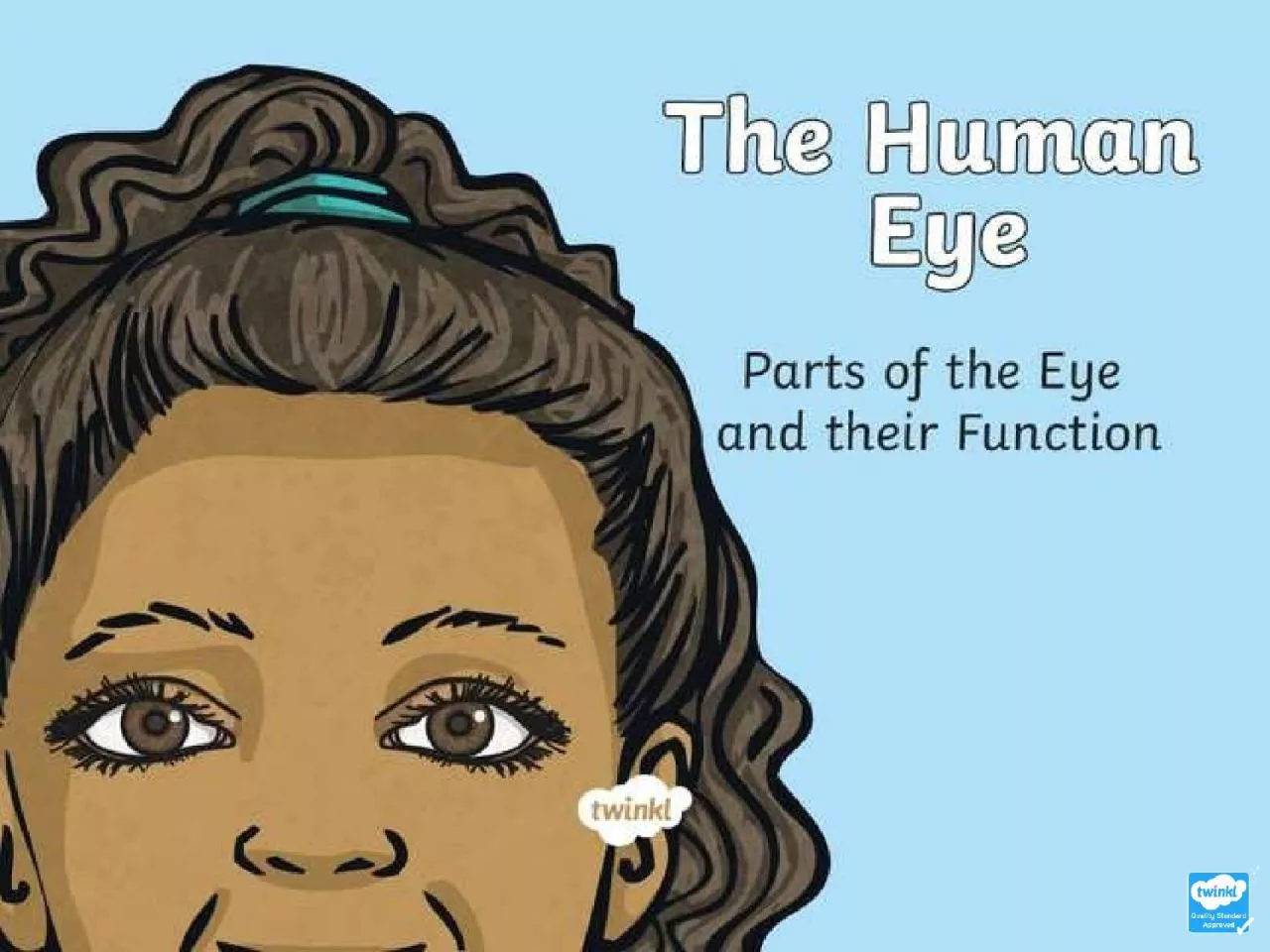

Our Eyes If you look closely at your partners eyes you will be able to see some of the parts of the eye Take a minute to describe with your partner what you can see Look Closely We are going to find out about the parts of the eye that we can and cant see and the job that each part do ID: 1040675
Download Presentation The PPT/PDF document "Our eyes are amazing! From the moment we..." is the property of its rightful owner. Permission is granted to download and print the materials on this web site for personal, non-commercial use only, and to display it on your personal computer provided you do not modify the materials and that you retain all copyright notices contained in the materials. By downloading content from our website, you accept the terms of this agreement.
1.
2. Our eyes are amazing! From the moment we open our eyes in the morning, they are constantly at work. They take in information about the world around us, and constantly send images to the brain to be processed.Our Eyes
3. If you look closely at your partner’s eyes, you will be able to see some of the parts of the eye. Take a minute to describe with your partner what you can see.Look Closely We are going to find out about the parts of the eye that we can and can’t see, and the job that each part does.
4. The eyes are about the size of a ping pong ball and sit in the eye sockets in our skulls. Our eyelids cover the front part of our eyes. Their job is to keep the eye clean and moist by blinking several times a minute. The eyelashes on our eyelids also help to keep dust and dirt from getting in our eyes.Eyelids
5. The sclera is the white part of the eye. It provides a protective coating, which covers most of the eye.The Sclera
6. The iris is the colourful part of the eye. It can change in size to control how much light goes through the pupil. Iris
7. The cornea is the clear dome that sits in front of the iris (the coloured part of the eye). It helps your eye focus as light passes through.The Cornea
8. The pupil looks like a black circle in the centre of the eye, but it is really an opening in the iris which lets light enter the eye. The pupil can change in size; it gets smaller in very bright conditions and larger in dark conditions.Pupil
9. The anterior chamber is the space between the cornea and the iris. This space is filled with a special fluid that helps keep the eye healthy.The Anterior Chamber
10. After light enters the pupil, it hits the lens. The lens sits behind the iris and is clear. The lens' job is to focus light rays on the back of the eyeball.The Lens and Ciliary MuscleThe lens is held in place by the ciliary muscle. It can change the shape and thickness of the lens to help you focus on objects that are up close or far away.
11. The Lens and Ciliary MuscleWhen you look at things up close, the lens becomes thicker. When you look at things far away, the lens becomes thinner.
12. The Vitreous BodyThe vitreous body is the biggest part of the eye and gives the eye it shape. It is filled with a clear, jelly like material called the vitreous humor.Vitreous humor
13. The retina is in the very back of the eye. The retina takes the light the eye receives and changes it into nerve signals so the brain can understand what the eye is seeing. When the image hits the retina, it is actually upside down!The Retina
14. The optic nerve carries the messages from the eye to the brain. The messages it sends to the brain are still upside down but amazingly the brain knows how to flip this image up the right way!Optic Nerve
15.